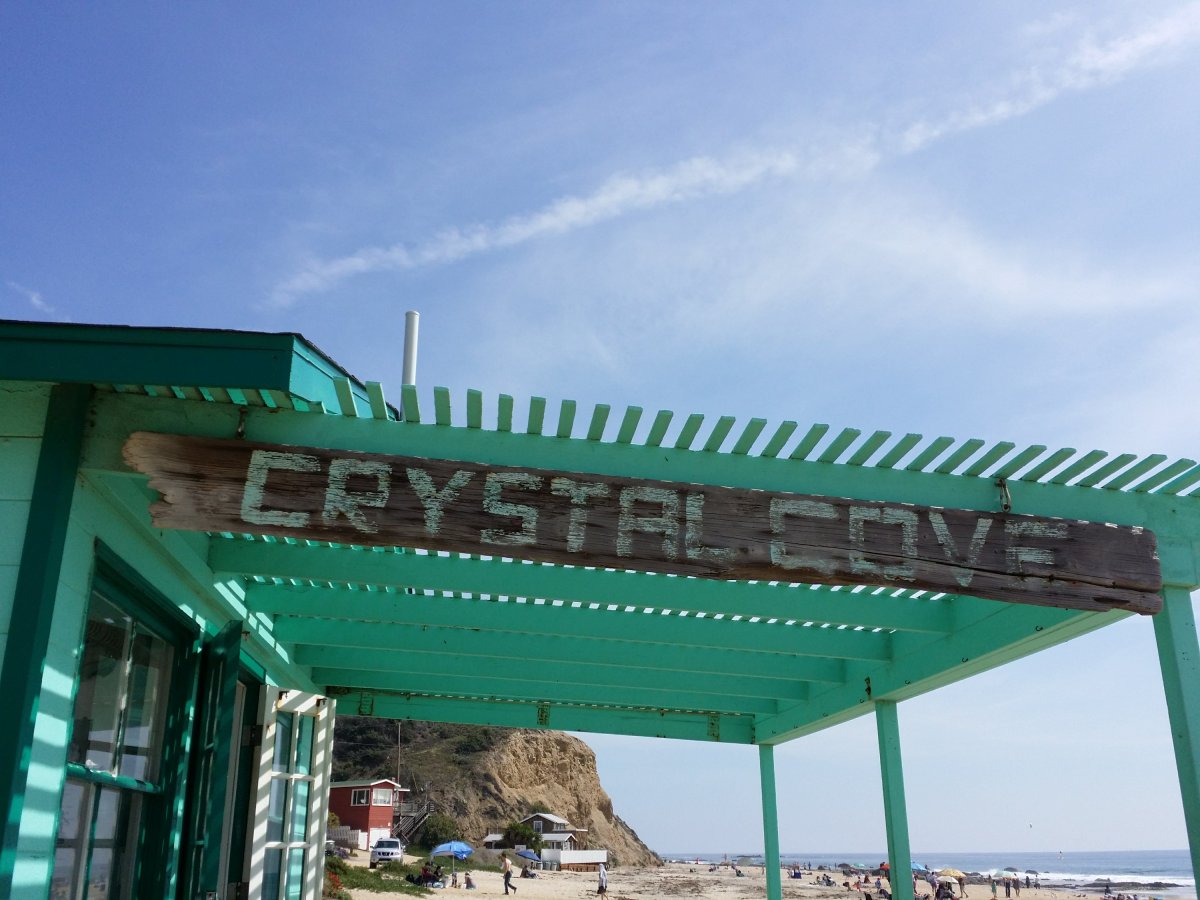The ideal HVAC temperature is 70 Degrees fahrenheit and 45%RH with a +/-5% fluctuations according to the National Archives.


Storage environments determine long-term preservation. 70 Degrees offers archive solutions for your collections. The facility should have a temperature and humidity monitor to maintain a standardized environment. We recommend keeping your storage and gallery facilities at 70 degrees Fahrenheit at a 45 percent humidity level.
Shelving System
We recommend industrial, steel coated shelves that have a powder coating to maintain records, which was established by the National Archives‘ initiative in 2002. We recommend you also review the National Archives’ 1999 Standards for Permanent Records Storage and Presidential Libraries. These materials allow for natural air circulation. We prefer caster locked wheeled shelves to maneuver in case of a natural disaster. Organize and maximize your shelving system with compact designs to extend the use of your planned facility.
Fine Art Collections
Your organization can create a dedicated space to store your permanent collection ensure long-term care of these valuable items. Paintings should be stored upright to avoid dust from collection on top of them. Make sure that your backside wire is secured prior to hanging it onto a fine art panel system.

Modular Panel System by Archival Matters which comes with 5 suspended panels in a floor support post/beam system (hanging rack area is 8′ x 5′).

Personal Papers and Photographs
Start by inventorying your collection to notate how many acid-free boxes you may need to store personal papers and photographs. We suggest acid-free folders to hold your materials. When working on records, you can refer to the National Archive’s recommendations for Storing Family Papers and Photographs.

Digitizing and rehousing collections is a critical part of processing collections. You can presort the collection by moving materials from non-acid free containers into plastic storage bins to see the volume of materials prior to purchasing your archive enclosures. Notice the original order and try to maintain this throughout the process. Temporary collection data can be stored on the exterior box with a post-it until you complete processing the materials. Once finished, your archives will be arranged and stored according the their accession numbers.
You should consider acid-free boxes that are ready made or make your own as show with the Smithsonian’s Archives.

Environment
You can purchase a data logger that monitors temperature and relative humidity from Gaylord Archival, as shown with this Testo unit, or Image Permanence Institute. Ultraviolet light levels should also be monitored. LED light systems should be utilized to avoid damage.
The Northeast Document Conservation Center stated in their publication, Temperature, Relative Humidity, Light, and Air Quality: Basic Guidelines for Preservation to “Maintaining stable conditions is crucial. An institution should choose a temperature and relative humidity within the recommended ranges that can be maintained twenty-four hours a day, 365 days a year. The climate-control system should never be turned off, and settings should not be lowered at night, on weekends, or at other times when the library or archives is closed. Additional costs incurred by keeping the system in constant operation will be far less than the cost of future conservation treatment to repair damage caused by poor climate.”
The Image Permanence Institute, is a “recognized world leader in the development and deployment of sustainable practices for the preservation of images and cultural heritage.” They provide IPI’s Methodology for Implementing Sustainable Energy-Saving Strategies for Collections Environments as a free PDF. Maintain your collections in a pest-free environment. You can reference identification pest fact sheets.

